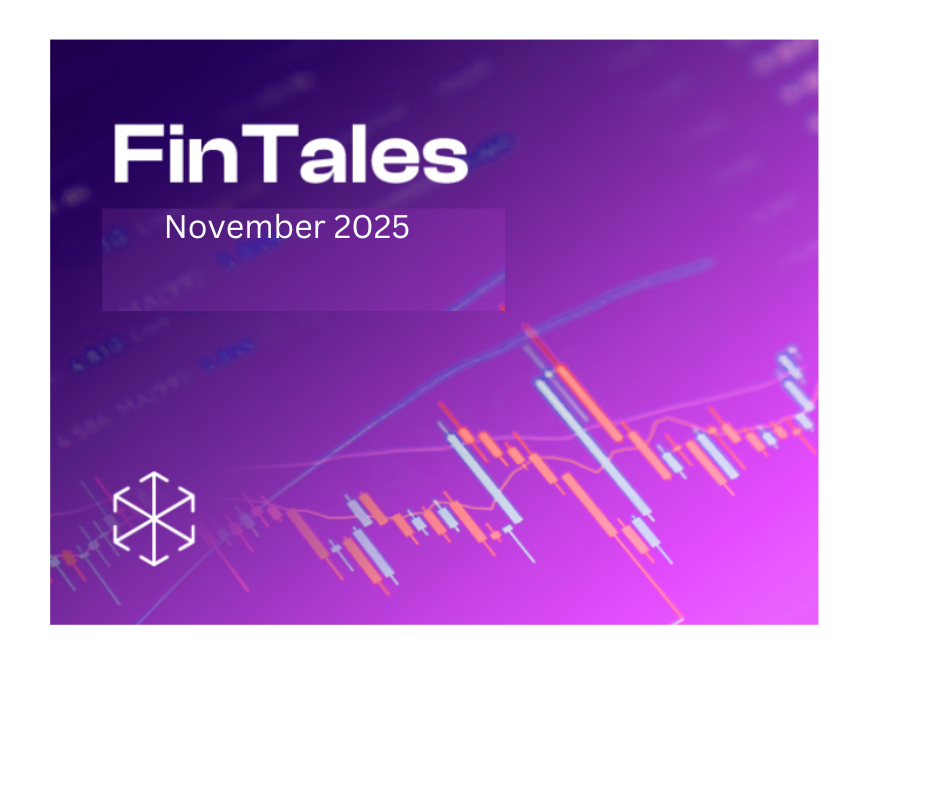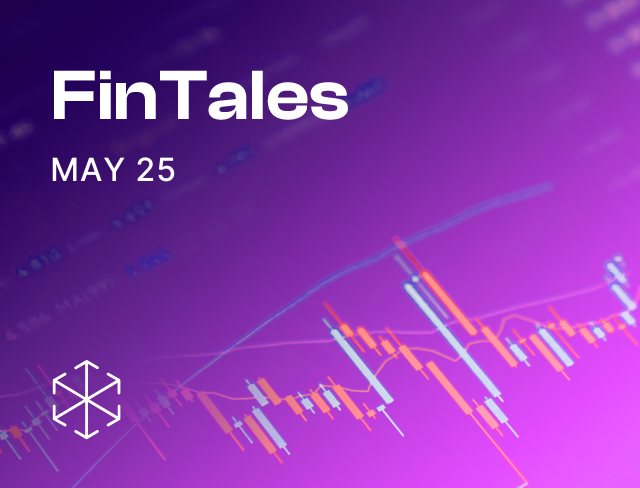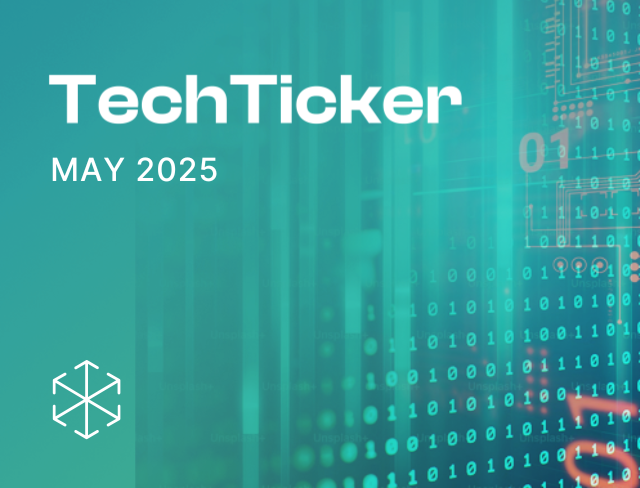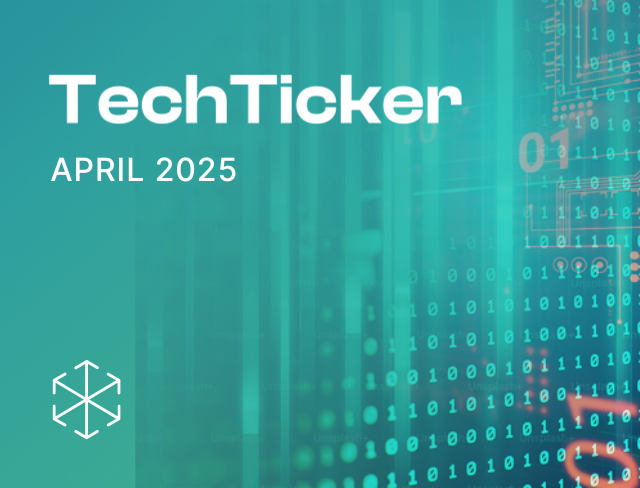“I don’t debate the poor on Twitter”
– Do Kwon, Creator of Terra
My Twitter feed has been chirping with TerraUSD’s (UST) death spiral and its (arguably failed) revival plans. If it weren’t for Twitter, or the many thousands who burnt their fingers (uhm, savings) investing in UST, I probably wouldn’t have tracked UST. I mean, there are more than 19,000 cryptocurrencies and less than 24 hours in a day! But UST’s crash really tickled my curiosity.
What is USD
UST? UST is a
stablecoin that pegged its price to US $1 (until it didn’t).
A stablecoin is a cryptocurrency whose value is referenced to a stable
asset. This allows stablecoins to have the technical capabilities of
cryptocurrencies, without the price volatility. Stablecoins may be
collateralized (for example, by being backed by a currency, or a commodity) or
(in some cases) not. UST was an uncollateralized algorithmic stablecoin. It wasn’t
backed by any real value. It was a novel stablecoin, which used complex
algorithms to maintain its peg to $1. UST’s novelty lay in how it achieved the
dollar peg. Its complex algorithms relied on multiple untested assumptions.
Some of these assumptions even concerned human behaviour. Like users’ (presumably)
continued demand for UST. But as we all know, human behaviour is predictably
irrational. The brittleness of these assumptions could potentially cause
unimaginable ripple effects. But that never deterred buyers. They fell for UST
– hook, line and sinker.
Usually, you buy cryptocurrencies hoping their value will increase (exponentially) over time. But this isn’t the case with ‘stable’coins like UST, whose value is always (as UST shows, well, not always) worth $1. Yet, UST was the fastest-growing stablecoin. Its market capitalization increased by 61%, between January and April this year. And at its peak, it was the third-largest stablecoin, with more than $17 billion in market capitalization.
So why did everyone want to buy UST? The short answer, the Anchor Protocol. What is Anchor? We break it down in our main course story.
Now that I’ve (hopefully) tickled your curiosity, let’s start with our FinTales menu.
Appetizers: snackable updates about recent fintech developments.
Main-course: a
meaty story about the Anchor Protocol and highlights from the India
International Fintech Festival.
Palate cleanser: a break to stretch your imagination.
Dessert: sweet-ish news about credit through UPI.
Appetizers ?
??⚖️ Regulators in the stable
As with all things crypto, regulatory scepticism has been a rather stable feature of stablecoins. But UST’s crash has certainly accelerated it. Regulators are worried about the implications of stablecoins on the broader financial market. Japan recently announced a law to regulate stablecoins. This law treats stablecoins like digital money and allows only some entities (like banks) to issue them. The UK has also swung into action. It’s recalibrating its earlier regulatory approach and is considering a bespoke insolvency law for systemic digital settlement asset firms. Similarly, there are calls for regulation in the US, with Treasury Secretary, Janet Yellen, saying stablecoins need an appropriate regulatory framework. South Korea, meanwhile, is launching a special Digital Assets Committee to act as a watchdog of the crypto industry. Right in the wake of UST’s collapse. You know where the (un)stable wind is heading.
? The Rogue Apes Club
In what’s a global first, a regulator is investigating a case of insider trading in digital assets. The US Department of Justice (DoJ) is pressing charges against a former product manager at Open Sea (an NFT marketplace). The accused it seems, was profiting from insider information about which NFTs would feature on OpenSea’s homepage. Insider trading is an offence linked to securities. So, many are (rightly) wondering if NFTs can be treated as securities. And the can of worms that may be opened if they are. OpenSea’s CEO certainly doesn’t think so.
? RBI reduces a recurring burden for payers
RBI, last week,proposed to increase the limit for card-based e-mandates for recurring transactions -processed without AFA – to Rs. 15,000. AFA or additional factor authentication reinforces the security of digital transactions by verifying two factors. First: what you must know (like user-name, password or PIN). Second: what you must possess (like your cellphone, which you can verify by entering OTP). Transactions without AFA only require first factor verification. Currently, any card-based recurring transaction over Rs. 5000 requires AFA. This means that payers enter an OTP each time they make a recurring payment over Rs.5000. This has been a pain point for recurring transactions like rent, electricity bills, credit card bills, insurance premiums, and education fees payments. Industry players estimate that 6-8% of recurring card-based transactions are between Rs. 5,000 to Rs. 15,000.
Main Course ?
? DeFi’s defining moment – Anchor and the future of DeFi
Here’s the premise of Terra’s whitepaper: a successful new digital currency needs to maximize adoption in order to become useful. The Anchor Protocol finds no mention in this whitepaper (it hadn’t been launched then). But as fate would have it, people flocked to UST because of Anchor. What is Anchor? Anchor is a decentralised finance (DeFi) protocol – one of the largest at its peak (a few weeks back). It offers lending and borrowing (of crypto assets). And it’s not a bank. What’s special about Anchor you’d ask? For one, it’s decentralised. Meaning that, technically, no single person runs it. And two, it offers (or did offer) a whopping 20% annual (now around 16%) interest on your deposits. Anchor’s rate of interest puts other financial products to shame (we’re looking at you, fixed deposits).
One wonders how Anchor can possibly offer a 20% interest rate. They must generate more than the promised 20% return on your deposits, correct? Well, that’s what Anchor claimed. It’d lend out your deposits to borrowers at around 11-12% annual interest. But that’s still short. How’d they make up the rest? One word, actually two: staking yields.
Like a traditional financial institution, Anchor asks its users to put down a collateral before they can borrow. And it follows sound financial discipline on collateral – the collateral’s value is greater than the amount you can borrow. Say you have ETH (a cryptocurrency) and need funds. But you see potential in ETH and don’t want to sell it. You can put down your ETH as collateral and borrow a stablecoin – UST. Anchor will now use your collateral to stake it and generate returns. A part of these staking returns is used to pay the depositors.
On top of this, Anchor expected the actual returns from borrowing interest and staking to exceed the interest it paid on deposits. It stored these excess returns as reserves (in UST).
With me so far? Perfect.
By now, you’d have realised why more people liked depositing on Anchor than borrowing from it. And because of this, Anchor suffered. It had to pay 20% returns on deposits but couldn’t put those deposits to use (courtesy lack of borrowers). So, it started tapping into its reserves. Even before the Terra-ble crash in May, there were concerns that Anchor might run out of reserves. With depleting reserves, the Anchor community (remember it’s decentralised?) decided to dynamically adjust interest rates every month. But that wasn’t enough. Deposits on Anchor could only be made in UST. At one point, 72% of all UST in existence was deposited on Anchor. So, Anchor almost exclusively drove the demand for UST. Their popularity was crucially intertwined. A run on one would hurt the other. And that’s probably what happened. Depositors have begun pulling out of Anchor. And the value of deposits with Anchor has dropped significantly (from 14 billion UST at its peak in May this year to less than a billion at the beginning of June).
Anchor’s sustainability has been questioned all along. When challenged, Do Kwon, the founder of Terra Labs profoundly told a doubter – continue in poverty ser (sic).
Anchor’s story, regardless of how it concludes, offers an invaluable lesson for DeFi – economics matters (it always has!). In the aftermath of the UST crash, calls for regulation of DeFi will only get louder. But unfortunately, there’s little clarity on what regulation should look like. Especially because of DeFi’s decentralised nature. Some argue it’s time to ‘lift the decentralisation veil’. The Financial Action Task Force, for example, proposes a ‘control’ test to identify owners/operators of DeFi platforms and hold them accountable. But identifying such actors may be harder in practice. Principles from traditional finance may guide regulation of DeFi. But the practicality of regulatory approaches for DeFi must be well thought through. Because regulation must meet technology, not break it.
? Streamlining digital payments for the Indian consumer
This month, we had the chance to participate in the India International Fintech Festival organized by ASSOCHAM. There were many insightful discussions during the conference. And it isn’t possible to capture them all in this newsletter. But here are the highlights from the discussion on digital payments in which our Partner, Aparajita Srivastava, was a panelist.
Digital payments in India are a paradox. 40% of the world’s real-time payments happen in India but 70% Indians still don’t use digital payments. So, this panel focused on making digital payments seamless and secure for Indian consumers. The panel was moderated by Amol Kulkarni (Director, CUTS International) and the panelists included Ambika Khurana (Director, Public Policy, Netflix), Aruna Sharma (Former Secretary, GoI), Aparajita Srivastava (Partner, Ikigai Law), Sijo Kuruvilla George (Executive Director, ADIF), Shailesh Paul (Head of Merchant Sales and Acquiring, India and South Asia, Visa) and Vishal Mehta (Chairperson, MPAI).
Ms. Khurana emphasized that payments regulation should consider both intent and implementation. Because if well-intentioned policies are not implemented properly by all stakeholders, they can cause chaos. She expressed concern about the impending card tokenisation deadline and the disruption it may cause. She elaborated that the ecosystem wasn’t prepared and the performance of tokenised transactions was not satisfactory yet. She insisted that merchants should be allowed to service consumers using card data till the ecosystem is fully ready. And like offline transactions, acquirers should be allowed to process transactions using stored card data for online transactions.
Dr. Sharma noted that while striking a balance between convenience and security, the pendulum should not swing towards any extreme. Especially when the number of frauds is low. She agreed that the ecosystem is not prepared for card tokenisation and it may create disruptions if rolled-out prematurely. She believes that card tokenisation should be implemented only after all stakeholders are ready. She cited the example of payment failures caused by the e-mandate guidelines as a cautionary tale. If we don’t want consumers to start using cash again, we need to ensure convenience,she argued. She also commended the recent relaxation of AFA requirements for e-mandate transactions up to Rs.15,000 as an example of constant dialogue between the regulator and industry.
Ms. Srivastava characterised the existing regulatory framework as a two-tiered system where regulated entities like banks pass on the compliance burden to their fintech service providers through contracts. As a result, unregulated entities like fintechs and merchants are not always heard by policymakers. According to her, a way forward could be creating a self-regulatory framework. This would boost regulatory capacity and avoid knee-jerk reactions. She thinks that fintechs which comply with best practices are currently at a disadvantage because their funnel conversion rates become lower than their aggressive competitors. A self-regulatory organisation which prescribes operational standards for data usage and consumer protection could also fix these skewed incentives.
Mr. Paul explained that good customer experience and trust are non-negotiables for higher adoption of digital payments. He acknowledged that sometimes, we must accept friction to build trust. He cited the example of mandatory OTPs which caused friction in the short-run but built trust in the long-run. But he clarified that once trust and awareness are developed, these friction-inducing measures can be done away with.
Mr. George shared how maturing of the digital payments ecosystem has been a force multiplier for start-ups. He agreed that measures like card tokenisation require re-engineering workflows and may cause disruptions in the short-run. But these measures are beneficial in the long-run because the workflows that can be built atop new technologies surpass anything possible at present. He added that the benefits of these changes will accrue over time and reduce costs for start-ups.
Mr. Mehta cautioned against excluding merchants from the policymaking process as they are the first point of contact for consumers. He believes the harm caused to merchants and consumers by premature implementation of the e-mandate and card tokenisation guidelines shouldn’t be acceptable collateral damage. He drew a contrast between Indian regulators and regulators in other countries like Australia, EU and Singapore who handhold the industry through major changes. He cited the example of how merchants and other ecosystem players had to pick between different solutions after the e-mandate guidelines were announced. He wished the Indian regulators had done more to standardise solutions and prescribe workflows in this case.
Palate Cleanser ?
You don’t need to be a skilled artist to create the perfect picture anymore. Check out the Imagen tool built by Google Brain which creates realistic pictures just from the text you type.
Dessert ?
? Credit Card Payments on UPI: Wherefores and whys
RBI, last week, proposed linking credit cards (CC) to UPI. It’ll, to start with, allow Rupay credit card payments through UPI rails. And in the due course, allow other CC issuers to come on board. Credit on UPI has been on the fintech industry’s wish-list for a long time. But it must welcome this dessert-worthy news with a pinch of salt. Here’s why.
First, UPI may not make CC payments more convenient for small-value transactions. CC payments (on card network rails) below Rs. 5000 don’t need any additional factor authentication (like OTP). So, to pay a merchant, I simply need to tap my NFC enabled CC on a card machine. If I use UPI for CC payments, I may have to enter my UPI PIN (to enable payments). Which I’d rather not. Also, UPI is typically used for small-value payments. Only 6.33 % of users (who want to make person to merchant or P2M payments) use UPI for transactions over Rs. 2000. So, in all likelihood, the majority of UPI users (like me) may prefer tap-and-go CC payments (over CC payments through UPI).
Second, Merchant Discount Rate (MDR) on CC payments may impact merchant acceptance (of CC payments through UPI) negatively. Zero MDR is the key enabler of UPI’s ubiquity. Merchants accept UPI payments without any additional costs. But MDR for CC payments ranges between 0.4 % to 3 % (of transaction value). It’s unlikely that the Government will extend its zero MDR policy to CC payments on UPI. Because this’ll make businesses of CC networks, issuers and intermediaries (like payment aggregators) unviable. It’s also unlikely that merchants will loosen their purse strings to cover this cost (for CC payments on UPI). That’s what, at least, appears to be the industry sentiment.
Third, CC payments through UPI may not command the same trust as CC payments through card rails. One of the reasons for the popularity of CCs is effective redressal of user concerns. As a Visa or MasterCard CC user, I can dispute charges on my CC. The card issuer refunds my money if the CC transaction is fraudulent, and I’m not at fault. But, the dispute resolution mechanism for UPI and Rupay CC transactions is not as efficient. NPCI has in fact asked participants in the UPI ecosystem to implement online dispute resolution from 30 September 2022. But it remains to be seen if this’ll match-up to the efficient dispute redressal mechanism for CCs, which has been tried, tested and trusted over the years.
So, I, along with the rest of the industry, wait for the RBI and NPCI to iron out the kinks before I consider my wish granted.
***********************************************************************************
That’s it from us.
We’d love to hear from you. Tell us what you think about the stories we covered. You can write to us at contact@ikigailaw.com.
See you in July.










